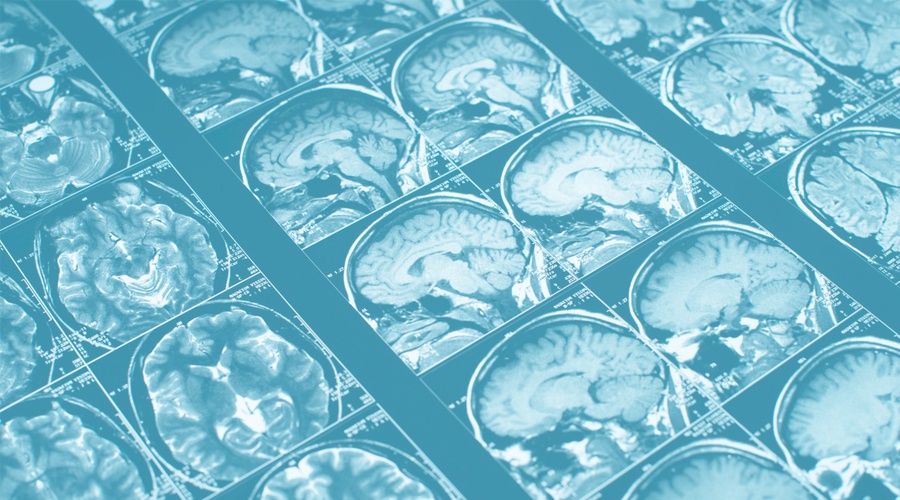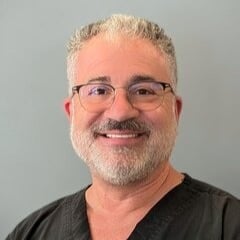For decades, avascular necrosis (AVN) of the femoral head was regarded as a degenerative...
What is Anoxia?

Anoxia is a serious medical condition characterized by a complete lack of oxygen being delivered to an organ or tissue. If someone survives an anoxic brain injury, for instance, he or she could still suffer memory loss, speech and swallowing issues, personality changes, and increased impulsive behavior.
Although the most widely recognized type of anoxia is anoxic brain injury, there are several other types:
- Cerebral Anoxia
- Stagnant Anoxia
- Altitude Anoxia
- Anemic Anoxia
- Hypoxia Anoxia
Whether caused by choking, carbon monoxide poisoning or smoke inhalation, cardiac arrest, severe anemia, near-drowning, or drug overdose, anoxic injuries demand immediate medical attention in order to avoid harmful, and sometimes life-altering, effects.
WHY ANOXIA IS SO DETRIMENTAL
Oxygen is our body's most essential nutrient. If we are deprived of oxygen, our bodies shut down. The former cannot function without the latter. Not only do we need oxygen to survive, it is required for repair and to optimize our performance. Oxygen promotes cell growth and allows for the removal of carbon dioxide from the body.
The National Heart, Lung, and Blood Institute (NHLBI), a branch of the U.S. Health and Human Services, explains that after breathing in air through your mouth or nose, it travels into your lungs through the bronchial tubes, and enters the alveoli, tiny sacs facilitating oxygen exchange into the bloodstream.
“Through the very thin walls of the alveoli, oxygen from the air passes to the surrounding capillaries (blood vessels),” says the NHLBI. “Oxygen-rich blood from the lungs is carried through a network of capillaries to the pulmonary vein. This vein delivers the oxygen-rich blood to the left side of the heart. The left side of the heart pumps the blood to the rest of the body. There, the oxygen in the blood moves from blood vessels into surrounding tissues.”
Anoxia results from a disruption in this process, and can potentially cause severe damage to the body.
CAN SOMEONE RECOVER FROM AN ANOXIC INJURY?
While some people are able to eliminate or reduce anoxia's effects, others cut off from oxygen for a significant enough period of time could experience permanent damage.
One anoxia treatment that has shown to produce positive outcomes for many patients is hyperbaric oxygen therapy. Also referred to as HBOT, hyperbaric oxygen therapy is a non-invasive treatment used to help reverse tissue damage, as well as encourage stem cell mobilization and decrease inflammation, caused by anoxia. It does this by increasing the flow of oxygen-rich blood and oxygen absorption rates in all parts of the body, including the brain, in a controlled setting.
In February 2016, a toddler named Eden Carlson nearly drowned in a swimming pool, suffering severe brain damage that left her immobile and unresponsive to stimuli. However, once researchers at the LSU Health New Orleans School of Medicine and the University of North Dakota School of Medicine started to treat Carlson with normobaric oxygen therapy—a treatment in which normal atmospheric pressure of oxygen is used—and HBOT, they saw a change in her condition.
Newsweek, a global news magazine and website, outlines Carlson's treatments and recovery in a recent article, stating, "After 39 sessions—coupled with physical therapy—Eden was able to walk and her speech had returned to normal. Her cognitive abilities had improved and motor function was almost restored to pre-drowning levels." After 40 sessions, Carlson received an MRI, which revealed the reversal in the brain damage she initially suffered.
The article continues, "Researchers believe the oxygen therapy, coupled with Eden having the developing brain of a child, had activated genes that promote cell survival and reduce inflammation—allowing the brain to recover."
There is actually an entire report on Carlson's injury, treatment, and miraculous recovery in Medical Gas Research, a journal that focuses on the neurobiological and multidisciplinary aspects of medical gas applications.
Carlson's story demonstrates just how impactful HBOT is on patients, specifically those who have suffered from some form of anoxia.
To find out if HBOT is right for you, schedule a consultation with a certified HBOT provider.

Written by Alan Katz, MD, FUHM, FACEP, FAAEM
Dr. Alan Katz, National Medical Director of Hyperbaric Medical Solutions (HMS), is double board certified in Emergency Medicine and Hyperbaric Medicine. He directs clinical operations, education and research initiatives, and the integration of other regenerative medicine therapies....
Read More



